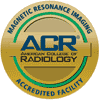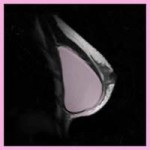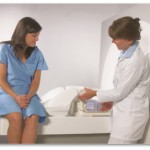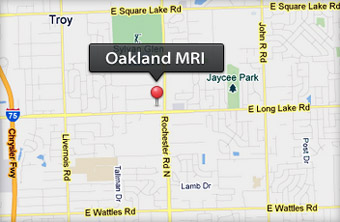 Breast MRI’s are continuously studied, so the scan is still evolving. The test can be highly advantageous for high-risk situations for patients, such as dense tissue in the breasts. However, it is not guaranteed that all cancers will be detected.
Breast MRI’s are continuously studied, so the scan is still evolving. The test can be highly advantageous for high-risk situations for patients, such as dense tissue in the breasts. However, it is not guaranteed that all cancers will be detected.
A breast MRI should not be performed to determine if the tissue is non-cancerous (benign) or cancerous (malignant). When an abnormality is found, a breast biopsy should be done to test the suspicious tissue.
Keep in mind, there can be false positive test results. And, a breast MRI cannot effectively detect small flecks of microcalcifications (calcium). These microcalcifcations account for nearly half of all cancers that mammography will detect.
To schedule Breast MRI exam please call us at (248) 740-0777.



